In recent years we have noticed an increase in the availability of photovoltaic modules and the dissemination of technology, making the module even more efficient and with electrical characteristics that differ from the first models sold in Brazil.
As a result of this progress, the increase in power has been gradual.
In order to optimize the use of this equipment, it is essential that converters, or commonly known as solar inverters, follow this technology, evolving constructive aspects of hardware and software and thus increasing performance and power use at peak times in accordance with what the photovoltaic module has to deliver.
The new HC (High Current) line inverters made available by Renew will be in models of 3kW (single-phase 220V), 4kW (single-phase 220V), 5 kW (single-phase 220 V), 15 kW (three-phase 380 V), 20 kW (three-phase 220V), 20 kW (three-phase 380 V), 30 kW ( three-phase 380 V) and 40 kW (three-phase 380 V) with more improved and technologically updated characteristics to accommodate higher power modules.
Another aspect is the effectively higher input current, 14A for single-phase models and 16A for three-phase models, per string of each inverter. This increase in current maximizes energy production during the daily generation curve.
In addition to the current characteristic, HC line inverters have greater capacity oversizing, (oversizing) reaching 70%, which allows a range of opportunities for different loads, depending on the characteristics of each project, seeking to optimize energy production.
O oversizing It is one of the most discussed topics in the photovoltaic scenario, as it deals with the performance that the project as a whole will have throughout its operation, optimizing the cost x benefit of the project. In view of this, it is important to highlight the need to analyze the location and characteristics of the plant for the best loading of the equipment.
For single-phase models, the innovative and futuristic layout also includes the models, bringing greater attractiveness to the composition of the kit. It should be noted that for better development of the sector, technology must follow market developments, with constant new features being made available to customers and solar energy enthusiasts.
Knowing and understanding how well the equipment works and the best way to install it is what will really dictate the credibility and technical capacity of the installing company. Quality always comes first.


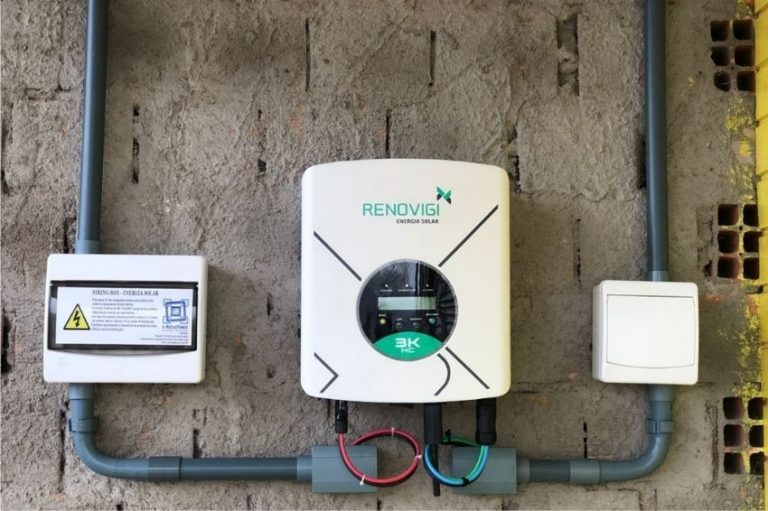

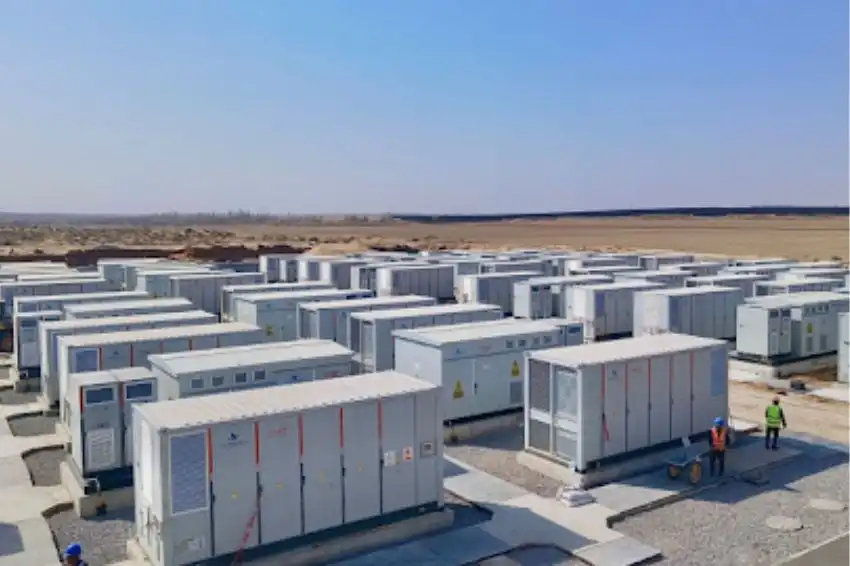
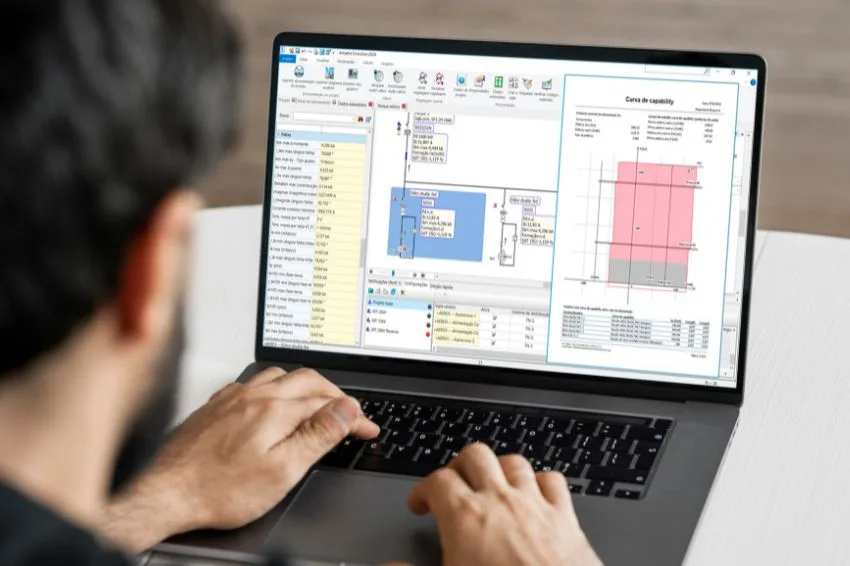
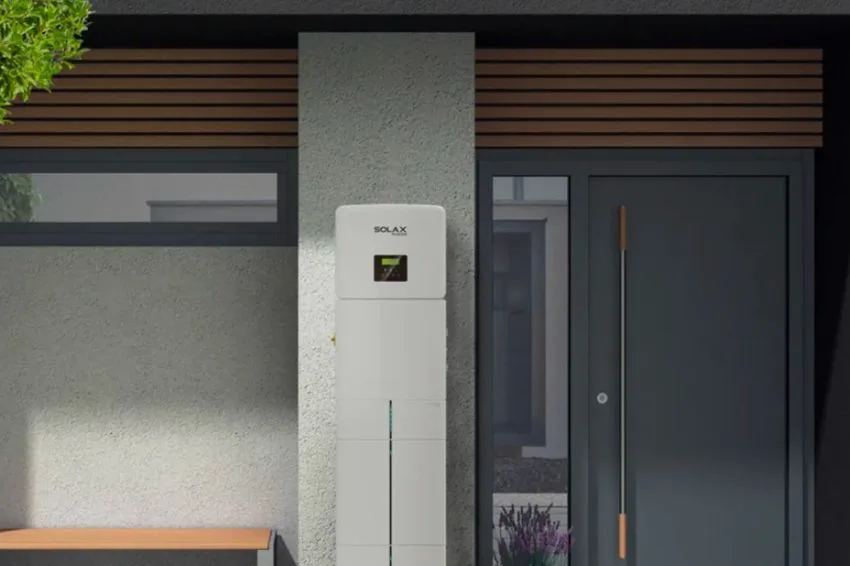
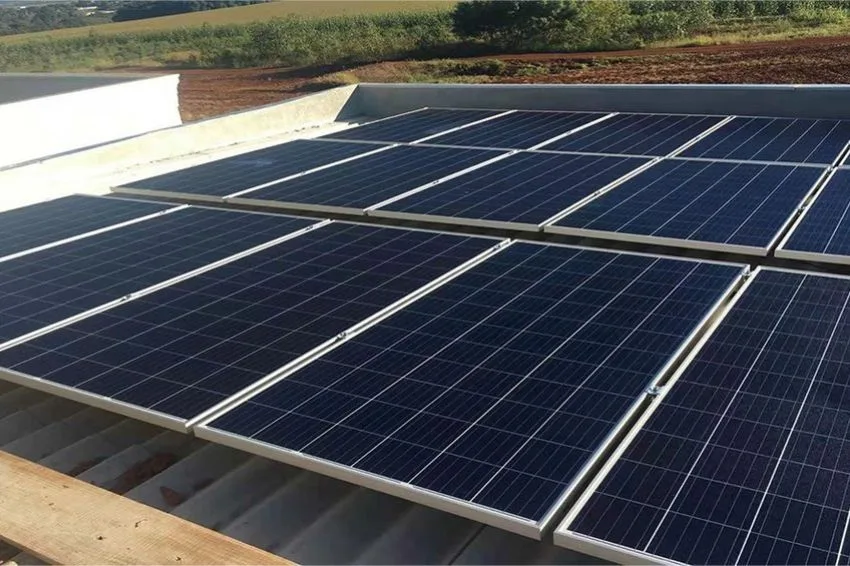

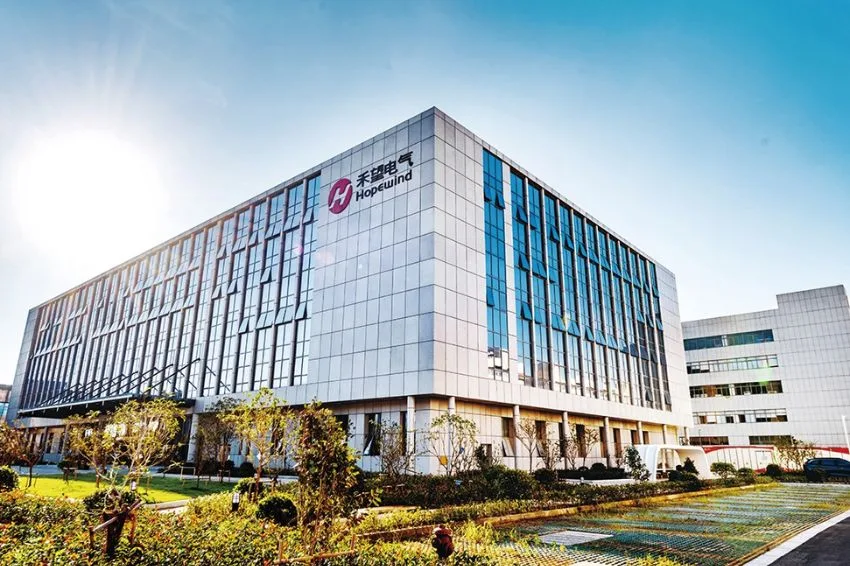







4 Responses
I am passionate about this subject. From the first time I saw people talk about this type of energy production, I was enchanted and interested and today I study the subject and am becoming a photovoltaic specialist. This is very good, and all this technology arriving, the only winner is the consumer.
Why use 8 330w plates for a 2 horsepower motor? What is the overload margin that a system must have?
Why is it so difficult for us integrators to register with Renovigi? I've tried a few times. I have some installations and TRTs but I'm just starting. Despite this, other companies have supported us and do not have such high demands. Others
If you want, they ask for so many facilities. If it weren't for them dedicating that trust, I wouldn't have been able to do it. I would like to be able to offer my customers an excellent option, which is your equipment and support.
Could you review the criteria in some way and give us access to your portfolio.
I thought it would be said what a high current inverter (HC) is and the difference in relation to the first models sold in Brazil and other non-high current models.